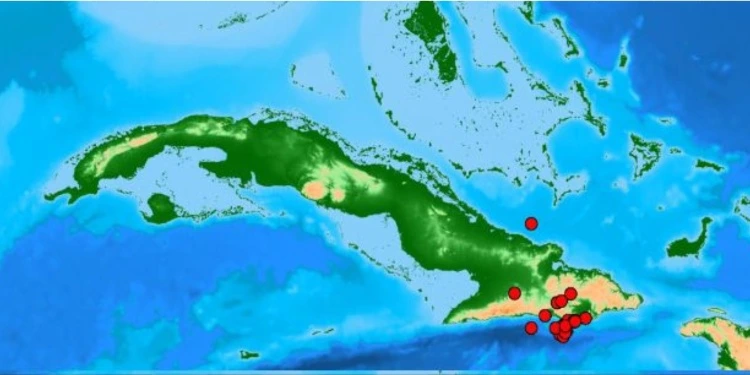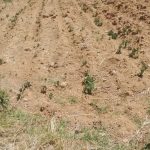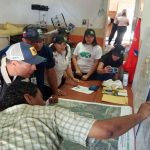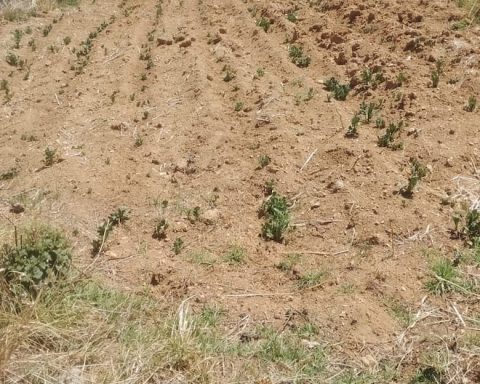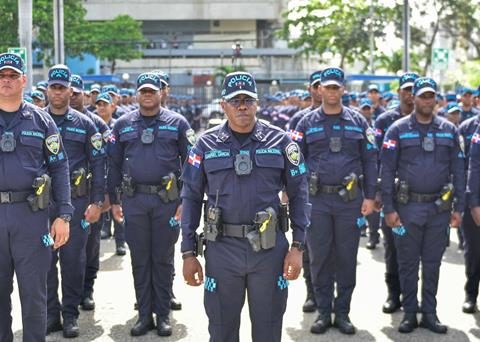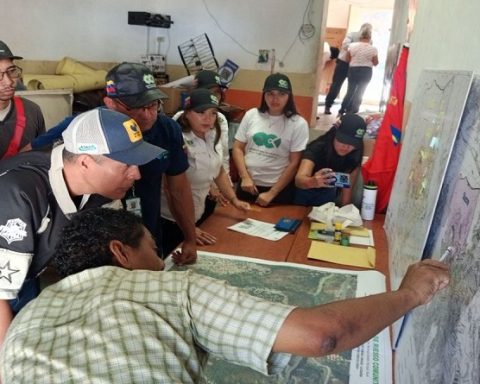SAN LUIS POTOSÍ, Mexico.- The National Seismological Service of Cuba has detected at least 535 earthquakes on the Oriente fault, between Guantanamo and Santiago de Cuba, after the perceptible event of September 7, which had a magnitude of 4.1.
Enrique Diego Arango Arias, Head of the National Seismological Service of Cuba at the National Center for Seismological Research (CENAIS), spoke this Monday at Facebook that seismic activity is very active but for now “it is not possible to predict the future behavior of seismic activity in this area, only continue observing.”
As of Monday, there were 510 earthquakes, but on Tuesday 25 more were recorded, for a total of 535.
These types of low-intensity movements do not save the territory from a motion stronger, he said a few days ago.
“When many earthquakes occur in a short period of time, everyone asks the same question: does this release of energy save us from a strong earthquake? I am sorry to say that it does not save us,” he said.
So far, the strongest earthquake occurred in January 2020 when it reached a magnitude of 7.7, “overshadows all other earthquakes that occurred in this period, as its energy is incomparably greater than the rest.”
In the nine months of this year, 11 perceptible earthquakes have been recorded in Cuba.
On September 8, an earthquake of magnitude 3.8 on the Richter scale was detected, perceptible in the eastern province of Santiago de Cuba.
According to the National Seismological Service (Cenais) of CubaThe earthquake, which occurred at 19:09 local time (01:08 GMT), did not cause any material damage or injuries.
The quake was located exactly 41 kilometers southeast of the province of Santiago de Cuba (east) at a depth of 33.8 km, the information said. It had 215 aftershocks, the information added.
Earthquakes recorded in 2023
Last year, Cuba experienced a total of 7,475 earthquakesof which only 14 were perceptible, according to a CENAIS report.
Most of the earthquakes in the national territory were related to the fault Eastthe main zone of seismic activity located in the south of the eastern region of Cuba. This area constitutes a tectonic plate boundary and is a constant source of earthquakes.
In addition, significant seismic activity was recorded outside the plate boundary zone, particularly in northern The Tunas and in the southern area of Moa (Holguín). Three earthquake swarms were observed in these areas, with around 500 events each, although with magnitudes below 4 on the Richter scale.
The 14 perceptible earthquakes are geographically distributed as follows: five related to the plate boundary zone south of eastern Cuba, five within the national territory and another four with epicenters outside the country (two in Haitione in Jamaica and one north of Honduras). In all these cases, the maximum intensity felt in Cuba was III on the EMS/98 scale.
